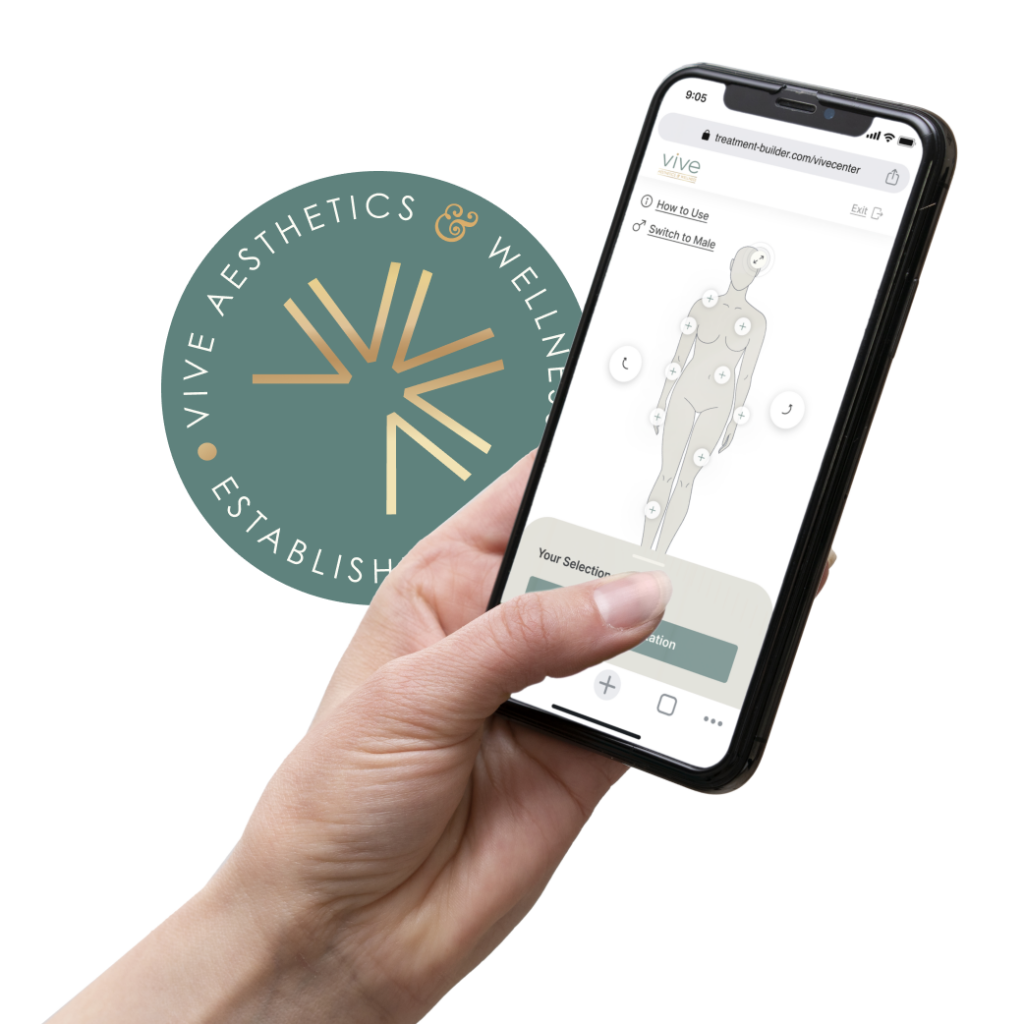
The start of your diet couldn’t have gone better — you made smart swaps at meals and revved up your old exercise routine. But now that you have had some success and your weight-loss goal is in sight, the last few pounds just won’t budge, no matter what you do.
Here’s the problem: Thanks to a process called adaptive thermogenesis, your body has now learned to function efficiently on fewer calories, meaning that your metabolism has slowed. Studies, including one recently conducted at Laval University in Quebec, have found that when your body loses weight and goes through adaptive thermogenesis, it develops a resistance to fat loss. Here are eight tips to “tip the scale” in your favor and break through your weight loss plateau.
1. Cut More Calories for Weight Loss
As hard as cutting calories can be, you may need to trim more from your daily total to get back to weight loss. With this in mind, aim to cut an additional 250 calories from your diet if your doctor says it’s safe. Just be sure to cut calories from treats, such as regular sodas and refined sugars, and not the nutrient-rich foods your body needs.
2. Eat More Protein
With the often-relentless talk about filling up on fiber, it’s easy to forget about protein. Like fiber, protein helps you stay fuller longer, and when you’re not starving between meals, it’s easier to stick to your weight-loss plan.
3. Increase Your Exercise Intensity
If you don’t have time to work out longer, work out harder instead. While running or walking, up your speed, or try working out on a steeper incline. Take the hills you’ve been avoiding when you’re biking. Another simple way to increase your intensity is to try interval training by either alternating strength training with cardio exercises, or adding sprints to your typical cardio workout.
4. Lift Weight to Lose Weight
Forget what else you’ve heard: Strength or resistance training is the only true way to increase your metabolism because muscle burns more calories than fat, even at rest. According to the U.S. Centers for Disease Control and Prevention, strength training exercise can increase your metabolic rate — the rate at which you burn calories — by about 15 percent. If you add muscle to your body, even if you change nothing else about your diet plan, you will start to lose weight again.
5. Drink More Water
It seems too simple to be true, but drinking more water can make a difference. Many times when you feel hungry you actually are just thirsty. Our mind can sometimes confuse these two instincts.
6. Journal Your Calories
After you’ve been dieting for a while, you might not be as vigilant about counting every calorie as you were at the start. If you’ve abandoned your diet journal or diary, get it out of the drawer. If you haven’t been using one, start now (or go high-tech and create one online or download a mobile app if you prefer). Record every bite you eat, and you will be on your way to shedding the last 10 pounds.
7. Stand Up for Weight Loss
Simply moving more is the key to burning more calories throughout the day. Stand rather than sit when you’re talking on the telephone, watching your kid’s soccer game, or waiting at the doctor’s office. Take the stairs rather than the elevator. Park farther from the door when you go to the grocery store or the mall. Remember that a change of just a few hundred calories a day — from eating less and moving more — can move the needle on that weight-loss plateau.
8. Change Your Diet Routine
If your plateau has you feeling discouraged, look for new motivation to get back on track. Experiment with new and different recipes. Try new fruits and vegetables that are in season. Sign up for a new exercise class to push yourself in a different way. Organize a weekend hike with friends instead of your typical gym routine. By making weight loss fun, you’ll reach your 10-pound goal and enjoy getting there.
This information was borrowed from the website www.everydayhealth.com, a site we often refer our patients to for more information on a healthy lifestyle.


